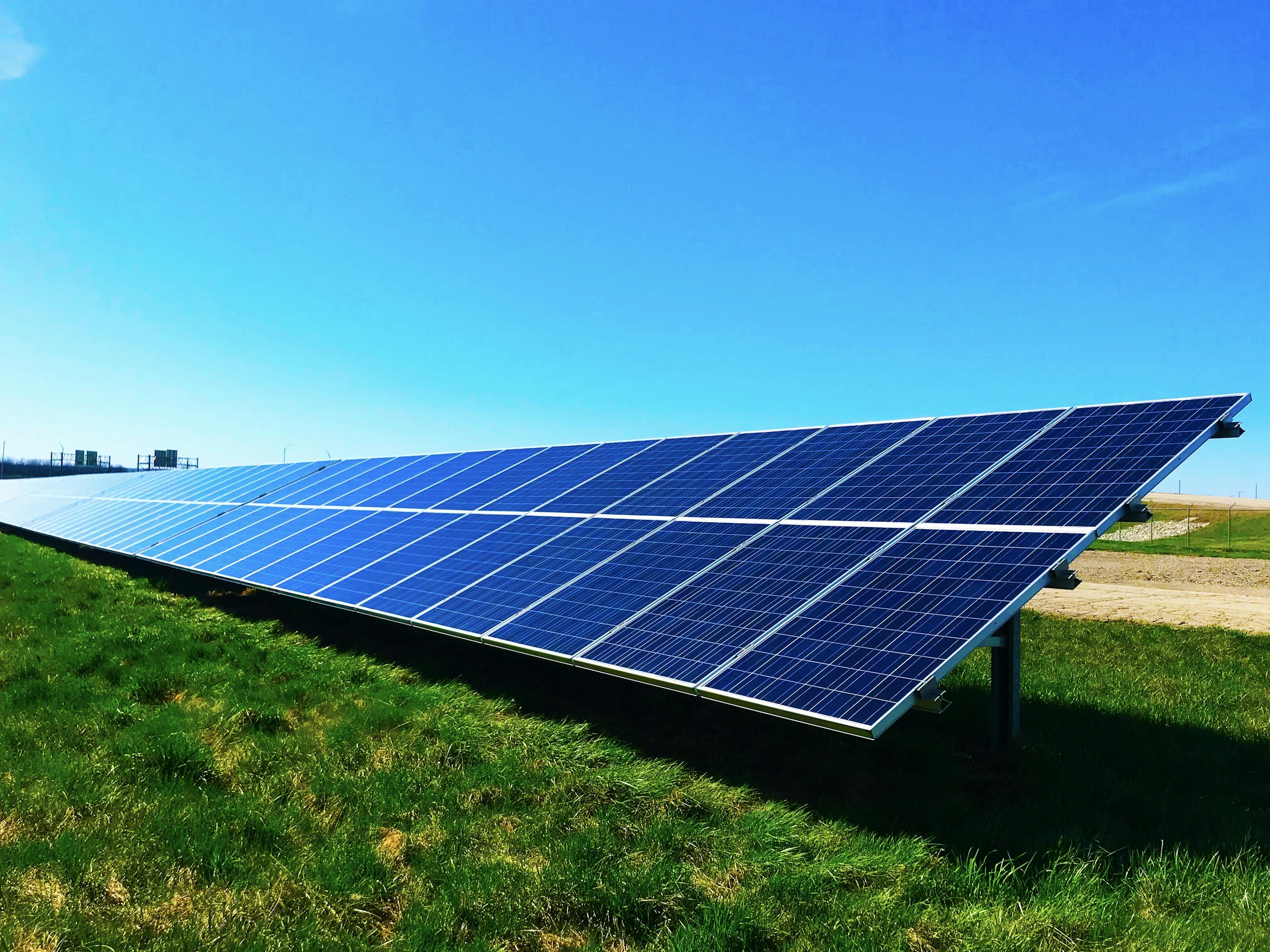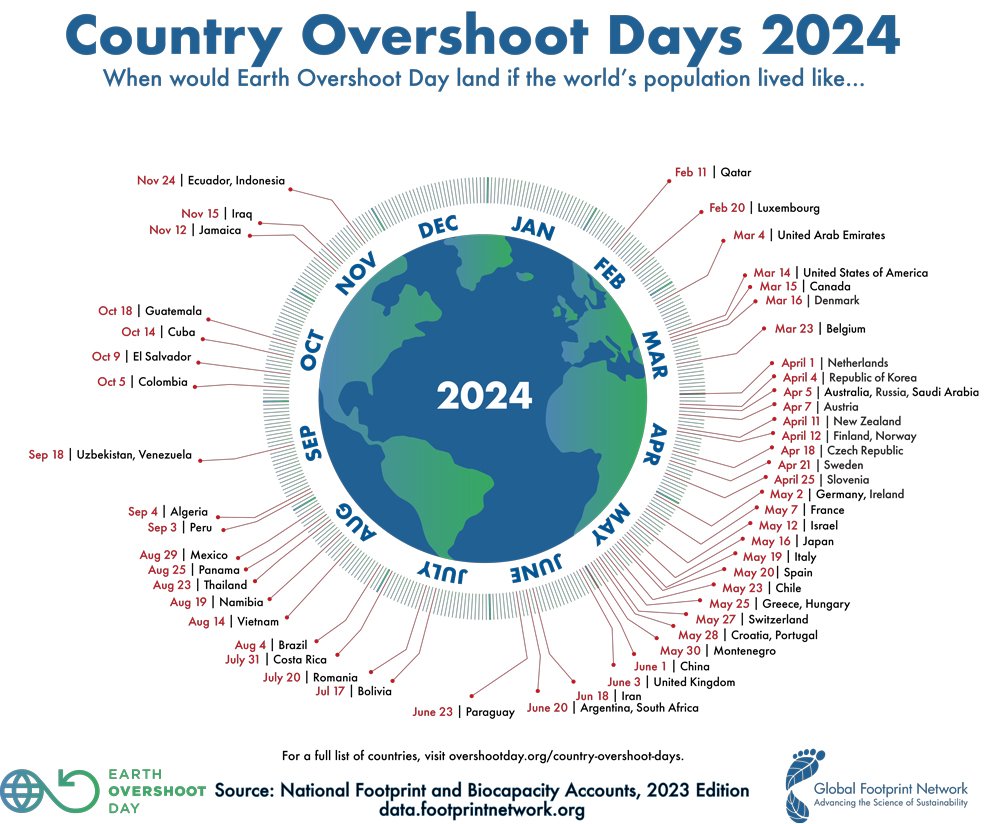The big picture.
Continuing our discussion on how to cultivate a more sustainable life, let’s delve into more detail on the earth-centric part of the equation. What does earth-focused mean? What does it mean to make earth-focused choices? How does this connect to a sustainable life? Let’s explore!
In its simplest form, earth-focused means that one’s choices and actions are centered around a respect for our planet (ie) conserving resources. As Mahatma Gandhi said “Earth provides enough to satisfy every man’s needs, but not every man’s greed”
This is a wake up call to think about how much we really need. In the modern world, abundance is a sign of prosperity and we tend to show it with purchases and material things. It is fun and societally normal to demonstrate happiness and success with abundance. This has been a contributor to over-consumerism and excess. While celebrating with abundance is an amazing feeling, it likely arose from days of scarcity. What is the difference between abundance and excess? Let’s explore the impact over-consumerism on the planet.
Over-consumption… the facts.
-
Earth Overshoot Day is an annual date that is calculated to identify when humans will have consumed more ecological resources than what Earth can regenerate in the same year. This is done on a country by country basis. For the USA in 2024, it was March 14, 2024. This has moved from late September in 2000.
-
If food waste were a country, it would be the third-largest emitter of greenhouse gases after the US and China.
-
The global fashion industry alone is responsible for about 10% of annual global carbon emissions, more than all international flights and maritime shipping combined
-
We generate 40 million tons of electronic waste annually – the equivalent of throwing away 800 laptops every second. 85% of this ends up in landfills and/or incinerated.
-
Agriculture is a major user of water and land resources and contributes about 24% of global greenhouse gas emissions, partly due to high levels of meat and dairy consumption which are more resource-intensive than plant-based diets
Let’s flip the equation and look at the positive impact of some global change:
-
If 1 million people chose to keep their clothes for just 9 months longer, this could save 8 million kg of CO2 emissions, which is equivalent to removing 3,000 cars from roads for a year
-
If everyone went plant based, global farmland use could be reduced by 75%, an area equivalent to the size of the United States, China, Australia, and the EU combined, significantly lowering the strain on resources and emissions
How can we make change with a earth-centered approach?
-
Reduce food waste. A family of four who eliminates food waste…
-
Saves $1500/year
-
Saves 3,500 kg of CO2 or taking almost 1 car/year off the road
-
Go plant-based one meal a day
-
Save almost enough water for 11,400 showers and the pollution equivalent to about roughly driving from LA to NYC.
-
Recycling half of your household waste can save 2,400 pounds of CO2 annually
-
Reduce driving whenever possible. Walking or biking are healthier alternatives.
-
If a single person switches a single 20-mile round trip commute to public transportation, they can reduce their annual CO2 emissions by 4,800 pounds annually (or removing one car annually)
-
Go Solar if you can.
-
An average residential solar system in the USA will save 8,460 lbs of CO2
-
8,460 lbs of CO2 is equivalent to the carbon emissions of 432 gallons of gas, which would be like taking your car off the road for almost an entire year!
In order to make earth-focused sustainability choices and reduce your carbon footprint, ask yourself…
-
Do I really need as many clothes as I think I do?
-
What do I need vs what I want?
-
How are my choices affecting the earth?


